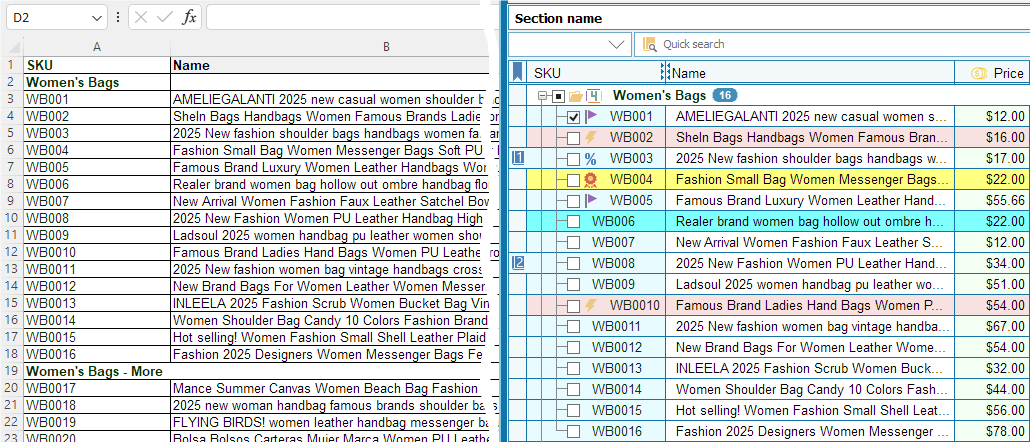For many growing businesses, the humble spreadsheet is the default tool for managing product information. It's free, familiar, and seems simple enough at first. But as your business scales, that once-helpful Excel file can quickly turn into a chaotic bottleneck, riddled with errors and responsible for countless wasted hours. How do you know when it's time to upgrade?
If you recognize any of the following five signs, it's time to consider a dedicated catalog management software.

1. The "Which Version is This?" Problem
Your sales team uses `prices_final_v2.xlsx`, marketing has `product_list_for_catalog_NEW.xlsx`, and your warehouse works from `inventory_master_july.xlsx`. When data is scattered across multiple files, ensuring everyone has the most up-to-date information becomes impossible. This leads to incorrect quotes, promising out-of-stock items, and a loss of customer trust.
2. Updating One Price Takes an Entire Afternoon
A supplier updates their pricing. Now, you have to manually find and change that price in your master spreadsheet, your PDF price list, your online store, and the sales presentation for next week's meeting. A simple five-minute task snowballs into a multi-hour ordeal, pulling you away from revenue-generating activities.
3. Your "Catalogs" Are Just Uninspiring Data Dumps
You know you need a professional catalog with photos, but creating one from a spreadsheet is a painful process of copying and pasting into Word or hiring a designer. Your price lists lack branding, and adding product images is a non-starter. Your sales materials fail to impress and don't reflect the quality of your products.
4. You're Afraid to Touch the Master File
Your main spreadsheet has become a fragile beast, full of complex formulas and conditional formatting. You're hesitant to let new employees edit it for fear they'll break something, and even you double-check every change. When your core business data is this vulnerable, it stifles growth and creates a constant source of stress.
5. You Can't Easily Create Targeted Materials
A VIP client needs a special price list in Euros, but your main file is in USD. A sales rep needs a mini-catalog of just your new arrivals for a trade show. With Excel, these simple requests require creating entirely new, manually filtered files. You lack the flexibility to quickly generate tailored sales materials for different audiences.
Ready to Move Beyond Spreadsheets?
If these signs feel familiar, it's not a sign of failure—it's a sign of growth. Your business is ready for a professional tool designed for this exact challenge.
MyBusinessCatalog is not just a program for creating catalogs; it's a complete catalog management software that solves all these problems. It gives you a secure, offline command center to manage your data and automate the creation of all your sales materials.
Explore how our software provides a single source of truth for your business on our core Product Management feature page.